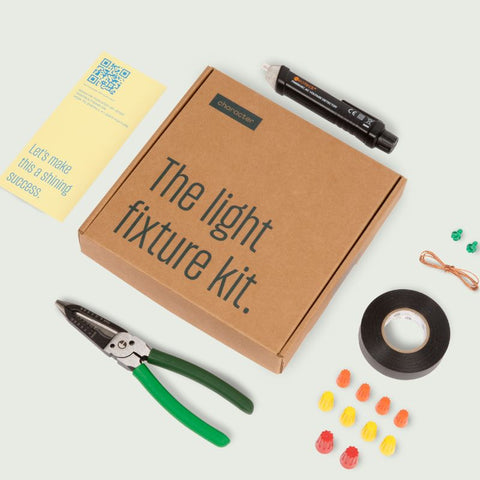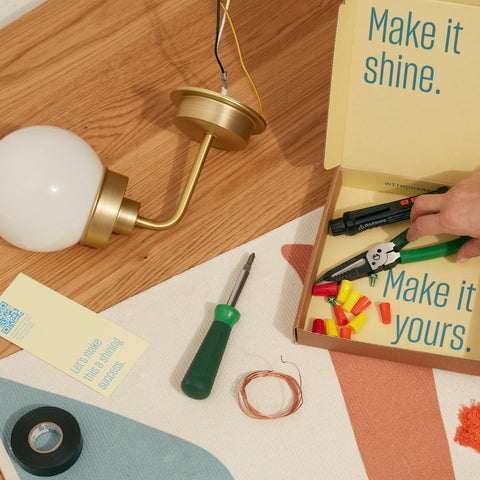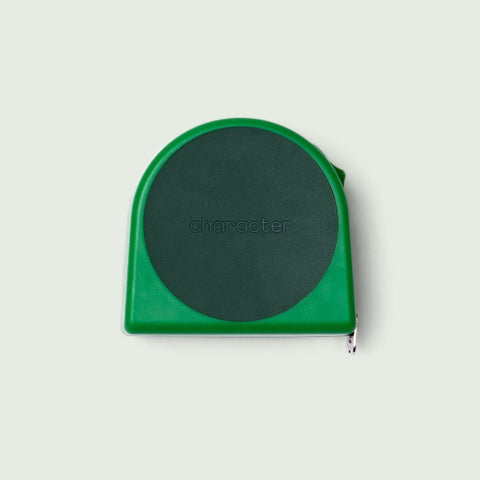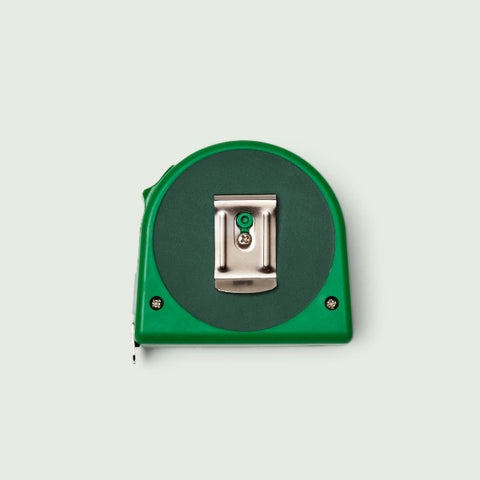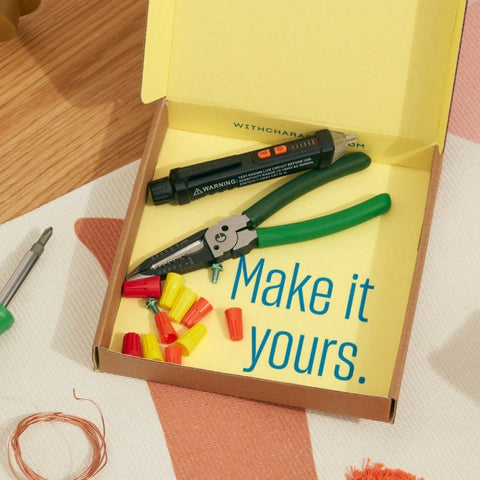
Anything electrical in your home can seem daunting, but changing your outlets is a relatively easy job that doesn’t require hiring an electrician. You should always have a healthy respect for electrical work — but no need to be afraid of it. Even if you’re no pro, with a little information, you’ll be able to change outlets around your home in a snap.
Why Would You Change an Outlet?
There are many reasons your old outlets just aren’t doing the job. Maybe they’re cracked or loose — which could be a fire hazard. Or maybe they’re dicolored or just not your style any more. Perhaps you’re looking to update to a modern feature like USB outlets, smart outlets or tamper-resistant ones. Maybe your outlets just don’t hold a plug well any more. Whatever the reason, it’s a simple job that can be done in a short amount of time.
Understanding the Basics (No Electrician License Required!)
What is an outlet, really? It’s a point where electricity from your home’s wiring can power devices. Consider this:
Basic anatomy of an outlet:
Hot (black or red wire)
Neutral (white wire)
Ground (bare or green wire)
Types of outlets:
Standard 2-prong vs. 3-prong
GFCI (ground fault circuit interrupter)
AFCI (arc fault circuit interrupter)
USB and smart outlets
Note: If your home is older, you may not have a ground wire.
Safety First, Always
Before you do anything with outlets in your home, turn off power at the breaker box—and double check it’s off! Then use a voltage tester or outlet tester to confirm there’s no power before touching wires. Never work with wet hands or in damp conditions. And if anything looks confusing or feels off, don’t hesitate to text one of our pros or call an electrician.
Tools & Materials You’ll Need
Flathead and Phillips screwdrivers
Wire stripper
Needle-nose pliers
Voltage tester or outlet tester
New outlet(s)
Wall plate
Electrical tape (optional)
Flashlight or headlamp (breaker boxes can be in dark basements!)
Step-by-Step – How to Replace a Standard Outlet

Step 1: Turn Off the Power
Head to your breaker box, switch off the correct breaker. Test the outlet to make sure it’s off.

Step 2: Remove the Old Outlet
Unscrew the wall plate, then unscrew and gently pull out the old outlet. Take note of how wires are connected, or snap a pic with your phone.

Step 3: Disconnect the Wires
Loosen terminal screws or release wires from the back. If wires are old, brittle, or too short—pause and call a pro.

Step 4: Attach the New Outlet
Match black (hot) to brass, white (neutral) to silver, and ground to green. Hook wires clockwise around screws or insert if your outlet allows back wiring. Tighten screws snugly—but not so tight they damage the wire.

Step 5: Reinstall and Test
Carefully tuck wires back in.Screw outlet into the electrical box, then attach the wall plate.Turn the breaker back on and use an outlet tester to confirm it’s wired correctl
Common Mistakes to Avoid (And How to Fix Them)
Mistake: Mixing up the hot and neutral wires.
Fix: The black (or sometimes red) wire is “hot,” and it goes to the brass screw. The white wire is “neutral” and connects to the silver screw. If you flip them, your outlet might still look like it’s working, but it could create a serious safety hazard. Snap a pic of the original wiring before disconnecting anything to help keep track.
Mistake: Over-stripping wires or leaving too much copper exposed.
Fix: When stripping wire insulation, aim for about ¾ inch of exposed copper—just enough to loop around the terminal screw or insert into a backstab hole, depending on the outlet style. If too much wire is exposed, wrap a bit of electrical tape around the terminals to cover bare metal and prevent accidental shorts.
Mistake: Using the wrong type of outlet for the location.
Fix: Bathrooms, kitchens, laundry rooms, basements, garages, and outdoor areas require GFCI (Ground Fault Circuit Interrupter) outlets by code. They help prevent shocks in areas where water is nearby. Look for the test and reset buttons on the faceplate to identify them. Don’t just replace what’s already there—make sure it’s what should be there.
When to Call an Electrician
- You see aluminum wiring (common in older homes).
- There’s no ground wire.
- You’re unsure about anything.
- You need to add a new outlet where there wasn’t one before (this involves more than just swapping one out).
Taking on electrical work can feel like a big leap—but you’ve just learned the basics and taken a huge first step. Just start with one outlet and see how that goes. Slowly build your confidence outlet by outlet. When you change your outlets, be sure to tag us in your posts on social media.
